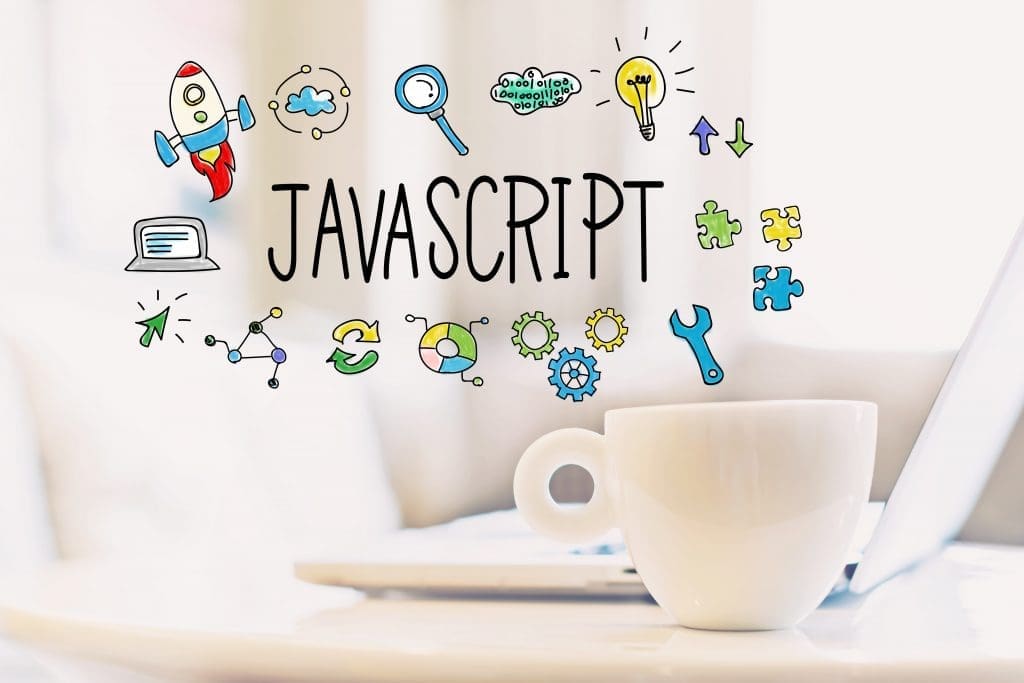In classical OOP languages, getters and setters seem to get set up as a normal way of creating classes. In JavaScript, we have to be intentional in setting them up.
What we have to do is create a constructor and within the constructor, we create functions that perform the getting and setting. Here is our constructor…
// Lets create a horse constructor because I like horses...lol
function Horse(name) {
let color = '';
this.name = name;
// Function property to set the color variable
this.setColor = function(newColor) {
color = newColor;
}
// Function property to get the color variable
this.getColor = function(){
return color;
}
}We can then instantiate the constructor into a new instance, which gives us access to the getter and setter property methods.
let silver = new Horse('Silver');Now we can run the property methods to set the color.
myHorse.setColor('white'); // 'white' becomes the vaule of the newColor parameterNow that we have the color property set, we can get it.
myHorse.getColor(); // Returns 'white'So what if we try to get the color before it was set? In our example, it will return an empty string, but we can provide a helpful message.
this.getColor = function(){
if(color !== ''){ // Check if the color property is empty or not
return color;
} else {
// Return a string message if the color property has not been set.
return 'You have not given your horse a name yet! Run setColor() first.';
}
}If we have not run setColor(), then it will return the string message we have in our else statement.
Happy Coding!
Clay Hess




